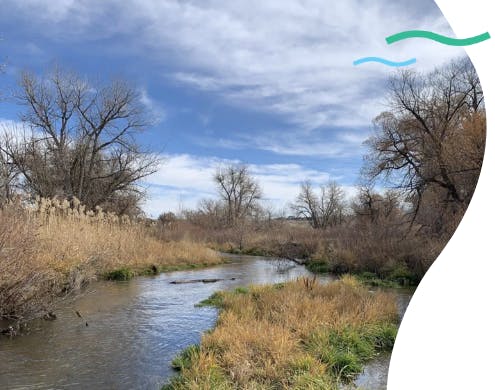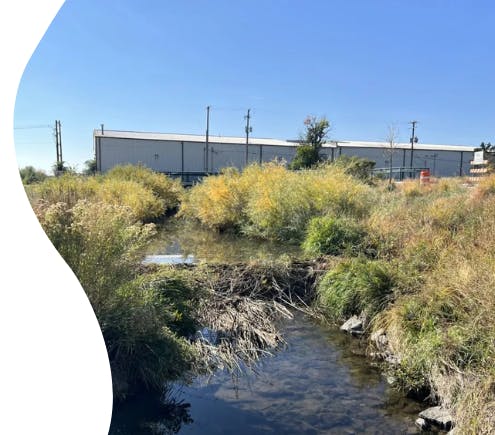MHFD’s Planning and Management Philosophy
Implementing Projects with a Holistic Understanding of Urban Stream Systems

MHFD created what we call the Urban Stream Framework to help ensure a more holistic approach to planning and managing our urban stream systems. We’ve taken what we’ve learned over the last 50 years and applied it to this framework, working to preserve and sustain the 3,200 miles of vital multi-use stream corridors in our region. It’s our goal to protect people, property, and the environment, as well as provide value to the community. We do so by understanding the physical, social, economic, and political contexts in which management decisions are made.
Our Philosophy
Urban stream systems are uniquely complex and require different management strategies than those in a natural setting. To address this complexity, MHFD is constantly evolving our approach to urban stream management.
Along with our partners, we’ve learned that understanding watershed context is critically important to successfully managing urban streams. Our goal in urban stream management is to maximize a variety of human and environmental functions and minimize long-term maintenance needs. The ideal stream corridor depends on its context, and may look very different from one part of the city to another. However, the goal remains constant - to develop the highest-functioning, lowest-maintenance stream system.
Two key concepts are nested in the Urban Stream Framework. They are the Five Elements of Urban Stream Function and the Urban Stream Assessment Procedure (USAP), The Five Elements are the stream functions MHFD evaluates in planning and management and USAP is a tool to assess the physical condition of urban streams, given their context, in a repeatable and defensible way. See the below links for more information on both:
In short, the goal of the Urban Stream Framework is to ensure that we are executing the right projects to develop the highest functioning and lowest maintenance stream system given the context of the stream.

An Evolving Approach to Managing Streams
For decades, MHFD has managed urban streams to address flood impacts and routine maintenance needs. This has sometimes required extensive and consistent active management and maintenance to sustain stream functions. While these approaches may still be necessary in certain instances, the Five Elements has helped communication within our teams on the value of stream function and has helped us implement engineering approaches that mimic natural processes and forms (i.e., nature-based solutions). MHFD has found that, in general, nature-based solutions have required less management and long-term maintenance to sustain functionality.
Planning and Management
Planning and Management are the more practical aspects of the Urban Stream Framework – they feed into each other in an endless cycle. The goal of planning is to identify problems as well as actions to ultimately solve those problems. Our studies and tools, including USAP, assist in doing this. The goal of management is to implement the actions identified in the planning stage and then maintain and monitor those improvements until another, more detailed planning study is needed. This continuous process is depicted in the Urban Stream Framework Planning and Management graphic below.
.png?ixlib=rb-1.1.0&w=2000&h=2000&fit=max&or=0&s=9dc29956ac5377c420e19bffa36ba209)
Tools
MHFD is constantly adding tools to our toolbox to support the Urban Stream Framework. The tools vary depending on whether the project is in the planning or management phase. Some tools are pdf-based criteria or monitoring plans while others are digital platforms accessible through MHFD Confluence. See below for a list of tools* and a link to their location.
*Note some tools are still in development. Check back later for an update on their status.
